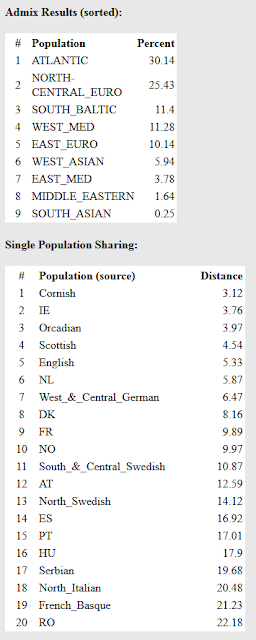 |
| Willis family in 1910 census, Centreville, Queen Anne's County, MD |
 |
| Willis family in 1920 census, 7th District, Queen Anne's County, MD |
In 1920, the family is living on its own in the 7th District of Queen Anne's County, MD. In addition to Edna, Oleda, and Pauline, they have Edward, age 9, Edith, age 7, and William, age 5. Eugene's occupation is Farmer.
 |
| Willis family in 1930 census, Lansdale, Montgomery County, PA |
Some big changes took place in the family between 1920 and 1930. Eugene is living in Lansdale Borough, Montgomery County, Pennsylvania with his daughters Oleda and Pauline. Eugene is a farm laborer and his daughters are working as machine operators in a pants factory. My grandmother Edna married Royce Councill in 1925, so that explains why she's not living with her father. The census record states that Eugene is still married, but I know that Pearl and Eugene were divorced at some point. That may explain why Pearl isn't in this census.
| Willis family in 1940 census, Boothwyn, Delaware County, PA |
By 1940, Eugene is living with his son Edward Willis in Boothwyn, Delaware County, Pennsylvania. His birthplace is given incorrectly as Maryland. His daughter Edna is living nearby with her husband Royce Councill and their four daughters. Eugene's ex-wife Pearl is also living nearby with her second husband Raymond Henry. Eugene and Pearl's son Howard Willis is living with Pearl and was born in 1922 in Maryland, so I would guess they separated sometime after that. I'll trace Pearl through the census in a future post.
Source for census images: Ancestry.com. 1910-1940 United States Federal Census [database on-line] Census Sunday is a daily blogging prompt suggested by Colleen Pasquale of Leaves and Branches.








